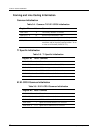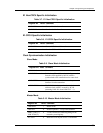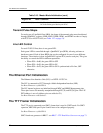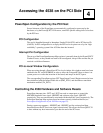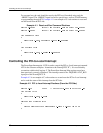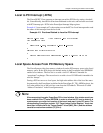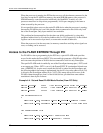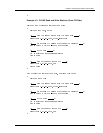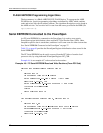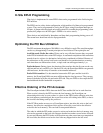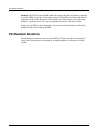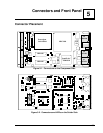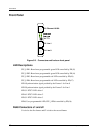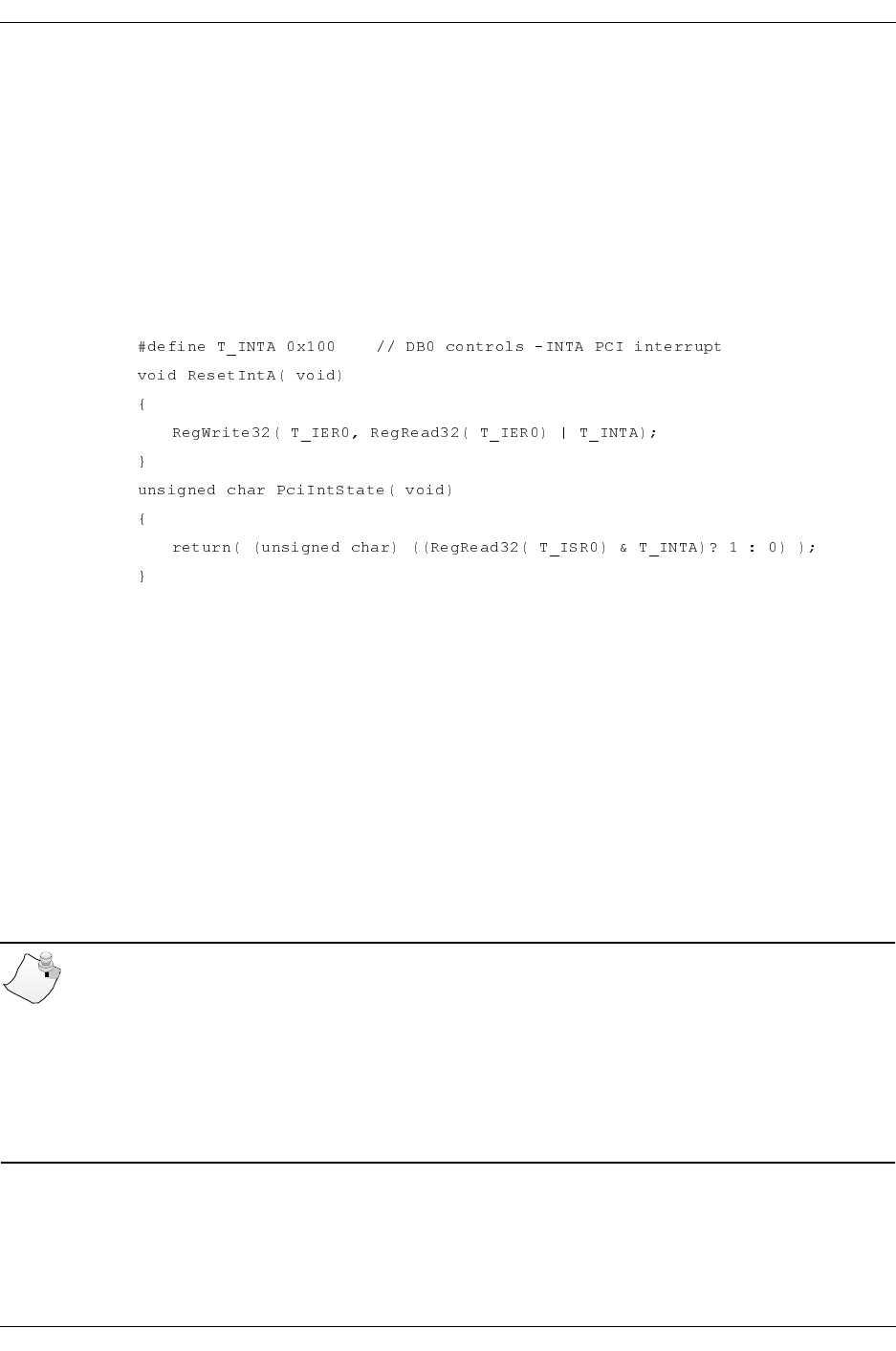
Chapter 4: Accessing the 4538 on the PCI Side
4538 Hardware Reference Manual 89
Local to PCI Interrupt (–INTA)
The PowerQUICC II can generate an interrupt toward the PCI Host by setting a doorbell
bit. Conventionally, doorbell bit 0 has been dedicated to this task, and has been associated
with PCI interrupt pin –INTA in the PowerSpan Interrupt Map registers.
Example 4-3 is an example of C code routines to reset the PCI-to-Local interrupt and to read
the status of this interrupt from the local side.
Example 4-3. Routines Related to Local-to-PCI Interrupt
Local Space Access From PCI Memory Space
The PowerSpan provides four memory windows from the PCI memory space to the Local
memory space. In the 4538 design, the default setting in the PowerSpan serial EEPROM
enables two windows. The first one is set with a size of 2 MB and is intended for
“operational” exchanges. The second one is set with a size of 512 KB and is intended to be
used for “dumps”.
During a PCI host access to local space, the high-order address bits of the local bus must
be generated by the PowerSpan (as defined in the PowerSpan P1_TI0_ADDR register), the
low-order address bits of the local bus come from the PCI address. This mode is called
“Address Translation” in the PowerSpan manual.
NOTE
When accessing through a PowerSpan PCI-to-local window, this window must have
been enabled in the I
2
C serial EEPROM, in order to allow the PCI host to detect it at
system power-on or after hot insertion of the board, and map it in the PCI space. The
corresponding PowerSpan register “PCI Target Image Control Register” must also
have been initialized with the “Image Enable” bit set (IMG_EN=1) and the address
translation mechanism enabled (TA_EN=1).




